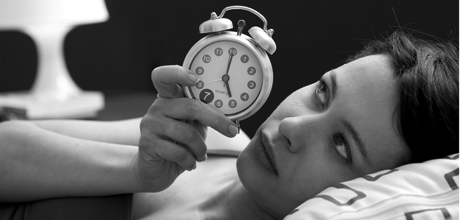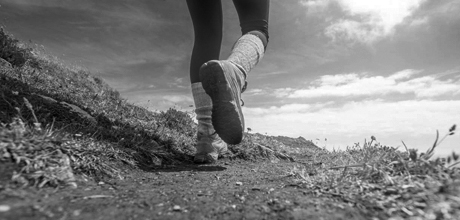Portion control is key to weight control. But how much is too much? The answer is in the palm of your hand. The best way to judge how much you need of each the food groups is by measuring it in your hand.
Fruit = cupped palms
Small fruit such as berries and grapes can be piled into cupped palms.
Cheese = both thumbs
Protein-rich, but still fairly high in fat, you should only have around 30g of cheese at each serving.
Uncooked pasta & rice = clenched fist
a 75g portion of uncooked pasta provides around 200 calories. Choose wholemeal or brown over white.
Butter = thumb tip
Butter and other spreads (i.e. peanut butter) should be a portion no bigger than a thumb tip. And don’t have more than 2 portions per day.
Vegetables = clenched fist
A clenched fist works out as the 30g you need to eat for one serving. Make sure you go for variety.
White fish = whole hand
White fish, such as haddock and cod, is low fat and lower in calories than meat or oily fish.
Chocolate = index finger
Try to choose darker, high-cocoa content varieties, which contain antioxidants, as an occasional treat.
Meat = palm
Aim to keep a portion of meat to the size of your palm, not including your fingers. Choose lean options, such as steak pr good quality, low-fat beef mince. But don’t eat more than 500g per week.
Oily fish = palm
You should eat around 250g of oily fish, such as mackerel, salmon and tuna, twice a week.
Potato = clenched fist
A baked potato has a round 200 calories and is high in vitamin A. Sweet potato is a healthier option.
Nuts = palm
A great snack option, nuts and seeds are filling and contain important unsaturated fats.









